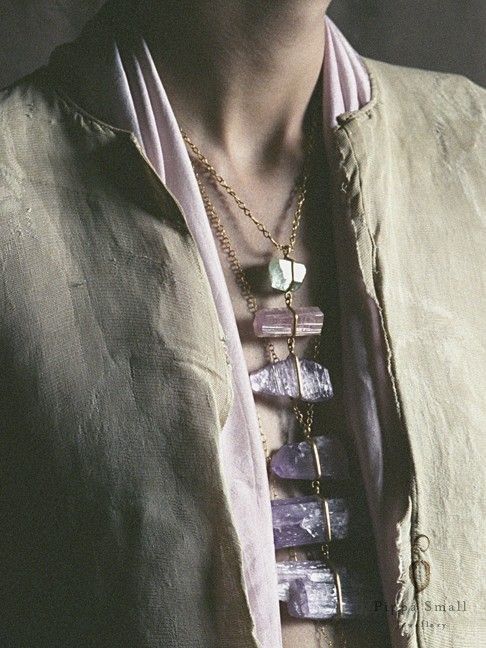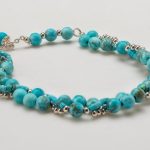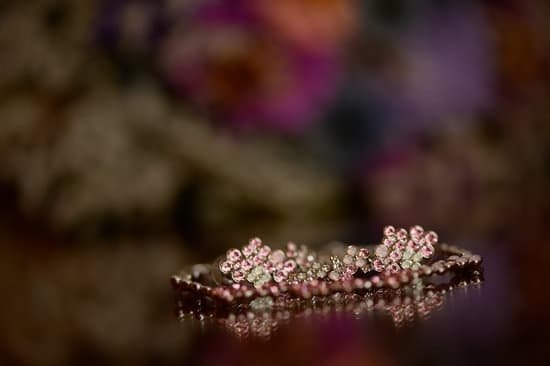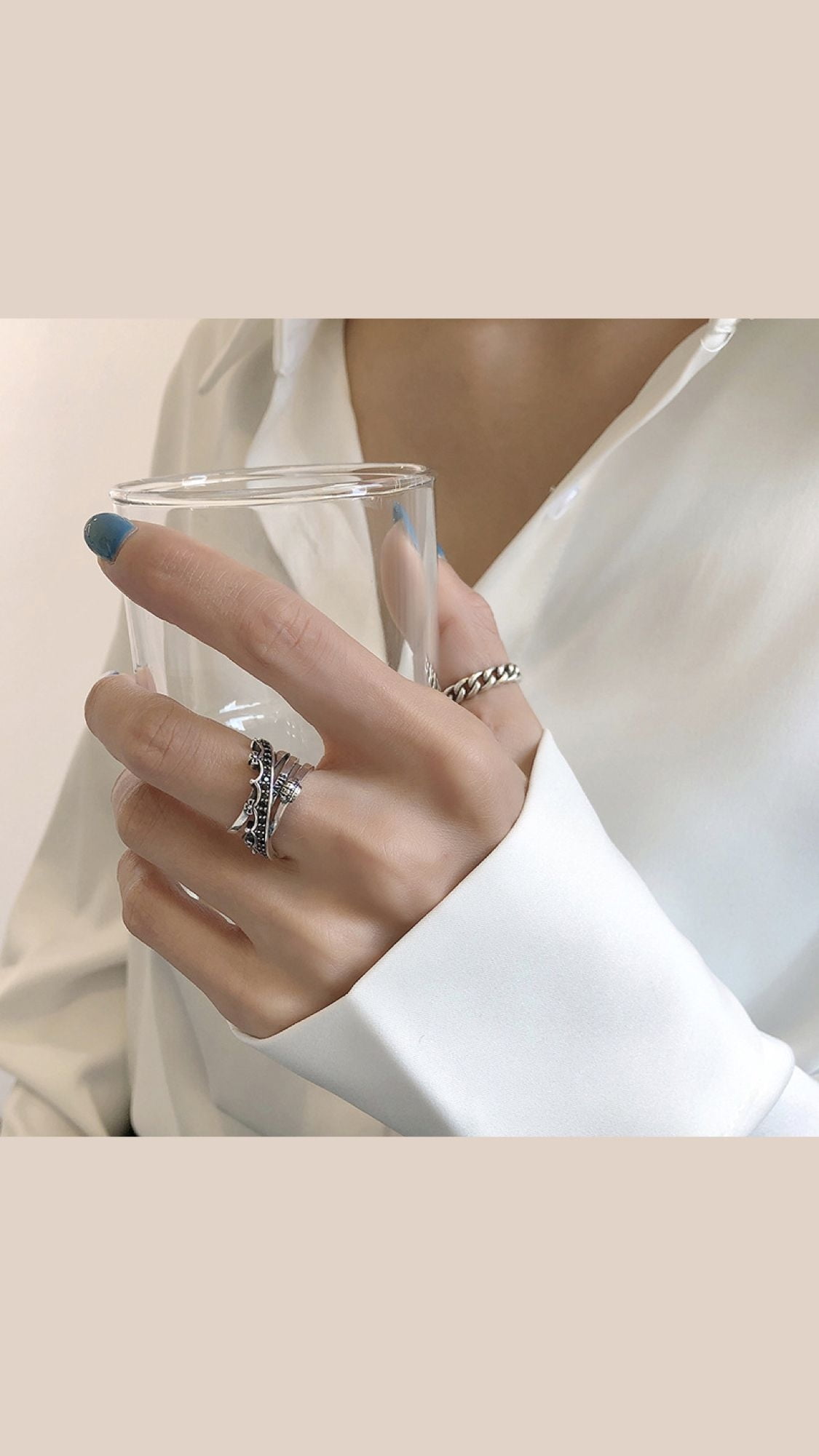Pearls have been cherished for their beauty and rarity for thousands of years, making the history of pearl jewelry a fascinating journey through time. From ancient civilizations to modern fashion trends, pearls have held a special place in the world of jewelry. In this article, we will explore the historical significance, cultural symbolism, and evolution of pearl jewelry, as well as its continued relevance in contemporary design.
The allure of pearls dates back to ancient civilizations, where they were highly prized for their natural beauty. We will delve into the ancient origins of pearl jewelry and discover how pearls were treasured and used by different cultures around the world. Additionally, we will explore the symbolism and significance of pearls in various societies, from their association with purity and wealth to their spiritual and mythical meanings.
As we journey through history, we will uncover the evolution of pearl jewelry during the Renaissance and Victorian eras, periods that heavily influenced modern jewelry design. From royal adornments to intricate designs, pearls played a prominent role in these artistic movements. Furthermore, we will examine how famous historical figures adorned themselves with pearl jewelry and how it became synonymous with power and opulence.
Join us as we embark on an exploration of the captivating history of pearl jewelry, from its ancient origins to its contemporary interpretations in fashion and art.
Ancient Origins of Pearl Jewelry
The history of pearl jewelry dates back to ancient civilizations, where pearls were highly valued for their rarity and beauty. Ancient origins of pearl jewelry can be traced back to the early civilization in Mesopotamia, where it is believed that people were diving for pearls as early as 2300 BC. The Persian Gulf was also a rich source of pearls, and they were highly prized by the ancient Persians.
Pearls have also been found in the tombs of Egyptian royalty, reflecting their status as a symbol of wealth and luxury. In China, the history of pearl jewelry goes back over 2000 years, with the earliest recorded piece dating to the Han dynasty. Pearls were also used in ancient Rome and Greece as a symbol of prestige and social status.
In India, pearls have been a symbol of purity and love for centuries. The Hindu text Rigveda refers to pearls as one of the most precious gems adorning brides during their wedding ceremonies. Throughout history, different cultures around the world have recognized the allure and value of pearls, using them as symbols in various forms of artwork and adornment.
| Country/Region | Earliest Recorded Use |
|---|---|
| Mesopotamia | 2300 BC |
| Egypt | Royalty in ancient times |
| China | Han dynasty (over 2000 years ago) |
| India | Rigveda era (over thousands year ago) |
Symbolism and Significance of Pearls in Different Cultures
Pearls have been revered and cherished across various cultures throughout history. In ancient Chinese culture, pearls were believed to represent wisdom and were often associated with dragons, symbolizing power and authority. In India, pearls were seen as symbols of purity and love, often used in wedding ceremonies to bring blessings of prosperity and happiness to the couple.
In the Islamic tradition, pearls are highly regarded and mentioned numerous times in the Quran as symbols of beauty and purity. The Prophet Muhammad even compared a believer who recites the Quran to someone wearing garlands of pearls adorned with precious stones.
In Western cultures, pearls have been associated with wealth and status for centuries. During the Renaissance era, royals and nobles flaunted their wealth by adorning themselves with extravagant pearl jewelry, including elaborate pearl necklaces, earrings, and brooches. Queen Elizabeth I of England was often depicted wearing large pearls, solidifying their association with royalty in European culture.
As we can see from these examples, the significance of pearls varies widely across different cultures, ranging from wisdom and purity to power and prosperity. This diversity of symbolism underscores the enduring appeal of pearls in jewelry design throughout history.
| Symbolism in Different Cultures | Examples |
|---|---|
| China | Dragons symbolizing power and authority |
| India | Symbols of purity used in wedding ceremonies |
| Islamic tradition | Mentioned in the Quran as symbols of beauty and purity |
| Western cultures | Associated with wealth and status for royalty during Renaissance era |
Evolution of Pearl Jewelry in Renaissance and Victorian Eras
The Renaissance and Victorian eras were pivotal periods in the history of pearl jewelry, as they saw significant developments and changes in the design, production, and significance of pearls. During these times, pearls were highly valued and became a symbol of wealth, social status, and sophistication.
Revival of Interest in Pearls
The Renaissance era marked a revival of interest in the arts, culture, and beauty of ancient civilizations. This renewed fascination with the classical world led to a resurgence in the popularity of pearls as a prized gemstone. Pearls were prominently featured in jewelry worn by royalty, nobility, and wealthy merchants during this period.
Technological Advancements
In the Victorian era, technological advancements in pearl cultivation and jewelry production led to an increased availability of pearls. The development of new techniques for culturing pearls allowed for a wider range of sizes, shapes, and colors to be used in jewelry design. This accessibility led to a democratization of pearl jewelry, making it more attainable for a broader segment of society.
Innovation in Design
During the Victorian era, there was also an innovative shift in the design of pearl jewelry. Intricate motifs such as flowers, leaves, and intricate scrollwork were popularized during this time. Additionally, sentimental themes such as affection, love, and remembrance were frequently expressed through the use of seed pearls in delicate designs. The elegant style and romantic symbolism associated with Victorian-era pearl jewelry continue to influence contemporary pearl designs today.
Famous Historical Figures and Pearl Jewelry
Pearls have been a symbol of wealth, luxury, and sophistication for centuries. Throughout history, many famous historical figures have been associated with pearl jewelry, further cementing the reputation of pearls as a status symbol.
1. Cleopatra: One of the most iconic figures in history, Cleopatra was known for her love of pearls. Legend has it that she consumed a pearl dissolved in vinegar to win a bet with Mark Antony that she could consume the wealth of an entire country in just one meal.
2. Queen Elizabeth I: During the Elizabethan era, pearls were highly prized and often used as adornments for both clothing and accessories. Queen Elizabeth I was frequently depicted wearing elaborate pearl jewelry, setting the trend for pearl adornment among the noble class.
3. Empress Eugénie: The wife of Napoleon III, Empress Eugénie was known for setting fashion trends during her reign in France. She popularized the use of seed pearls in her jewelry, often incorporating them into intricate designs that reflected her love for luxury and opulence.
These historical figures not only had a profound impact on fashion and style during their time but also helped solidify the enduring allure of pearls in jewelry design. From Cleopatra’s legendary bet to Queen Elizabeth I’s influence on royal fashion to Empress Eugénie’s affinity for opulent adornments, these iconic women played a significant role in shaping the history of pearl jewelry.
Modern Interpretations of Pearl Jewelry in Fashion and Art
Revival of Pearl Jewelry in Contemporary Fashion
In recent years, there has been a noticeable resurgence of pearl jewelry in the world of fashion. Designers and fashion houses have been incorporating pearls into their collections, giving the classic gemstone a modern and trendy twist. From statement pearl earrings to layered pearl necklaces, these contemporary designs have made waves on fashion runways and red carpets alike. This revival in popularity has brought pearls back into the spotlight, appealing to both younger and older generations.
Pearls in Artistic Expression
Pearls have also found their way into the world of art, becoming a source of inspiration for artists across various mediums. Painting, sculpture, and photography are just some of the art forms where pearls have been used as a subject or material.
Artists have explored the symbolism and beauty of pearls through their works, creating pieces that capture the essence of this timeless gemstone. Additionally, contemporary jewelry artists have been pushing boundaries by experimenting with innovative techniques and unconventional designs to create artistic interpretations of pearl jewelry.
Pearls in Pop Culture Icons
Pearl jewelry remains prevalent among pop culture icons and influential figures today. Celebrities often don pearls on red carpet events or feature them in high-end editorial spreads, adding a touch of elegance to their ensembles.
With social media playing a significant role in shaping fashion trends, influencers and fashion bloggers have also embraced pearl jewelry, showcasing its versatility and charm to a wider audience. This modern reinterpretation has helped keep the history of pearl jewelry alive while capturing the imagination of present-day consumers.
The Science and Harvesting of Pearls
Pearls are one of the most enigmatic gems in the world, and their creation and harvesting have long fascinated people throughout history. The process of how pearls are formed is a fascinating aspect that contributes to their allure.
Natural pearls are formed inside the shells of certain mollusks as a result of an irritant, such as a grain of sand, becoming lodged inside the shell. In response to this irritant, the mollusk secretes layers of nacre, which eventually forms into a lustrous pearl.
The harvesting of natural pearls has a rich history that dates back thousands of years. In ancient times, divers would risk their lives diving into the depths of oceans and rivers to retrieve oysters containing precious pearls. This dangerous and labor-intensive process made natural pearls extremely rare and valuable, often reserved for royalty and nobility.
The development of cultured pearls revolutionized the pearl industry in the early 20th century. This innovation allowed for a more controlled and predictable way to produce pearls by inserting an irritant into oysters or mussels under carefully controlled conditions.
Cultured pearls have since become more accessible to a wider range of consumers while still retaining their beauty and elegance. Understanding the science behind pearl formation and the evolution of pearl harvesting techniques adds depth to our appreciation for these timeless treasures.
Contemporary Trends in Pearl Jewelry Design
Pearl jewelry has a rich history that dates back to ancient times, but its appeal has not diminished over the centuries. In fact, contemporary pearl jewelry design continues to evolve and adapt to modern tastes and fashion trends. One of the most notable trends in pearl jewelry design today is the blending of traditional and modern styles, creating pieces that are both elegant and on-trend.
One popular contemporary trend in pearl jewelry design is the use of asymmetrical and unconventional shapes. Designers are pushing the boundaries by incorporating baroque pearls or irregularly shaped pearls into their creations, moving away from the classic round shape. This innovative approach adds a unique and artistic touch to pearl jewelry, appealing to those who seek something different from the traditional designs.
Furthermore, mixing pearls with other materials such as leather, metal, or gemstones has become increasingly popular in modern pearl jewelry design. This fusion of textures creates a bold and edgy look that appeals to a younger demographic while also giving traditional pearl jewelry a fresh update. By experimenting with different materials, designers are able to create versatile pieces that can be styled for both casual and formal occasions.
In addition to unconventional shapes and mixed materials, contemporary pearl jewelry design also embraces minimalism and simplicity. Delicate and understated pieces featuring single pearls or small clusters have gained popularity among those who prefer a more subtle approach to wearing pearls. This trend aligns with the current preference for minimalist aesthetics in fashion and allows pearls to be incorporated into everyday wear seamlessly.
As pearl jewelry continues to captivate audiences around the world, it is clear that designers are finding innovative ways to reinterpret this timeless gemstone for modern audiences while staying true to its rich history of pearl jewelry.
Caring for and Maintaining Pearl Jewelry
In conclusion, the history of pearl jewelry is a rich and fascinating one that has spanned centuries and crossed various cultures. From ancient origins where pearls were highly prized and symbolized purity and perfection, to their evolution in Renaissance and Victorian eras as status symbols for royalty and the elite, pearls have always held a special place in jewelry design.
Famous historical figures such as Cleopatra, Queen Elizabeth I, and Coco Chanel have all contributed to the enduring allure of pearl jewelry through their personal adornment preferences, further cementing the timeless appeal of these lustrous gems.
In modern times, pearl jewelry continues to be a favorite among fashion designers and artists who constantly reinterpret these classic gems in innovative ways. The science behind pearl harvesting has also evolved over time, allowing for sustainable cultivation methods that ensure the continued availability of these precious jewels. As contemporary trends in jewelry design continue to evolve, pearls remain a staple choice for those seeking elegance and sophistication in their accessories.
The allure of pearls endures not only due to their natural beauty but also because they are relatively delicate compared to other gemstones. It’s essential for owners to understand how to properly care for and maintain their pearl jewelry pieces to ensure they last for years to come. By following specific guidelines for cleaning, storing, and wearing pearls, individuals can continue to enjoy the timeless beauty that has captivated people throughout history.
Frequently Asked Questions
What Is the Origin of Pearl Jewelry?
The origin of pearl jewelry can be traced back to ancient times, with evidence of pearls being used for adornment in various cultures across the world. Pearls have been valued for their beauty and rarity, making them a coveted accessory throughout history.
Who Wore Pearls First?
Pearls were first worn by royals and aristocrats in ancient civilizations such as Rome, Egypt, and China. They were a symbol of wealth, status, and luxury, reserved only for the elite class. Over time, pearls became more accessible to the masses but continued to be associated with sophistication and elegance.
What Do Pearls Symbolize in a Woman?
In modern times, pearls symbolize purity, innocence, and femininity in women. They are often associated with classic beauty and timeless elegance. Wearing pearl jewelry is considered a sign of refinement and grace, adding a touch of sophistication to any outfit. Whether worn casually or formally, pearls exude a sense of style and poise that complements the wearer’s aura.

Welcome to my jewelry blog! My name is Sarah and I am the owner of this blog.
I love making jewelry and sharing my creations with others.
So whether you’re someone who loves wearing jewelry yourself or simply enjoys learning about it, be sure to check out my blog for insightful posts on everything related to this exciting topic!





